What Is a Rich Snippet and How to Optimize Your Website for the Best Results?
Site Audit Issues
Content:
- What Are Rich Snippets?
- Rich Snippets & SEO: Are They Related?
- Types of Google Rich Results
- How to Validate & Monitor Rich Results with Google?
- Rich Snippets SEO Best Practices and Case Studies
- Optimize for Rich Results to Win on SERPs
- How To Conduct a Website Audit With Netpeak Spider?
- Conclusion
Rich snippets are extra details about your product or service that help users learn about it before navigating to your website. Pages with rich snippets are more attractive, provide more value, and increase your organic CTR. Let’s explore how to optimize your website for Google reach results and the types of snippets you can choose.
What Are Rich Snippets?
What is a rich snippet? Rich snippets or “rich results” are Google search results enhanced with additional details about your website, such as reviews, prices, extra information about your product, events, etc. Usually, this information is pulled from Structured Data found in a page’s HTML. Here are some Google rich results examples.

Why do you need rich snippets, and what are rich results? First of all, they provide extra information about your product or service right in the search engine results, giving users extra value and making your offer more informative.
Why Are Rich Snippets Important?
Compared to regular snippets, rich snippets are more eye-catching and lead to higher organic CTR, as users are more likely to click on your listing if it provides extra information. Google pulls information for rich snippets from structured markup. Though Google confirmed that using structured data is not a ranking signal, you can still make use of it to increase your CTR.
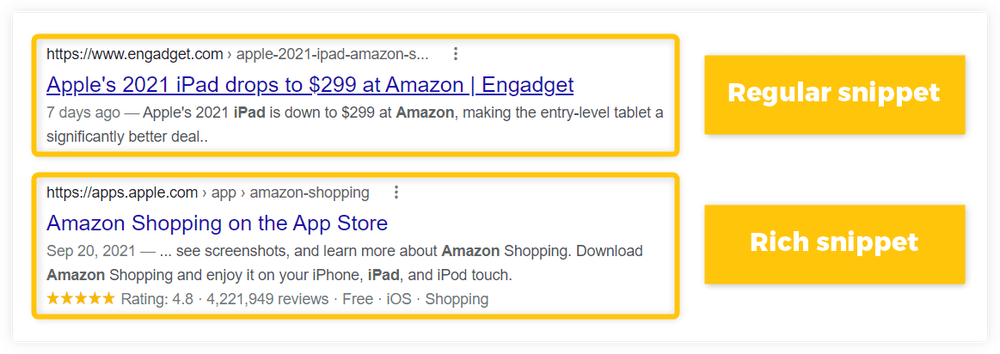
What kind of company would benefit from the site links rich snippet? Actually, any kind. Here are other benefits of rich snippets.
- Enhanced Visibility
Rich snippets significantly improve the visibility of search results by making them more visually appealing and informative. Users are more likely to click on results that provide a snapshot of the content they are looking for, and rich snippets do this job great.
- Improved User Experience
Rich snippets contribute to a better overall user experience by presenting relevant information in a short form. Users can quickly assess whether a product or service aligns with their needs, saving time and frustration.
- Mobile Friendly Experience
With the increasing use of mobile devices for internet browsing, rich snippets become even more crucial. The concise and visually appealing format of rich snippets makes them particularly effective for mobile users, as they can get essential information without navigating through multiple pages.
- Increase in CTR
As we’ve already mentioned, rich snippets themselves may not directly affect search rankings, but high CTR and engagement of your page act as positive signals to Google, telling it that your page content is relevant.
Rich Snippets v/s SERP Features
What is SEO rich text? Rich snippets and SERP (Search Engine Results Page) features are related in terms of SEO, but they refer to different elements. Let's explore the key differences between rich snippets and SERP features.
Rich snippets are a specific type of structured data markup that webmasters add to their HTML to provide search engines with additional information about the content on a webpage. If you check rich snippets, you’ll notice that they display more context, often in a visually appealing format, such as star rich snippets rating, review counts, product details, event information, and more.
The primary purpose of rich snippets is to provide users with a quick overview of the content on a webpage directly in the search results. Rich snippets aim to make search results more informative and visually engaging, ultimately improving user experience and increasing click-through rates.
What about SEO rich text meaning?
SERP features, or search engine results page features, cover a broader range of elements, including rich snippets. Other elements include knowledge panels, local packs, image carousels, news boxes, and more.
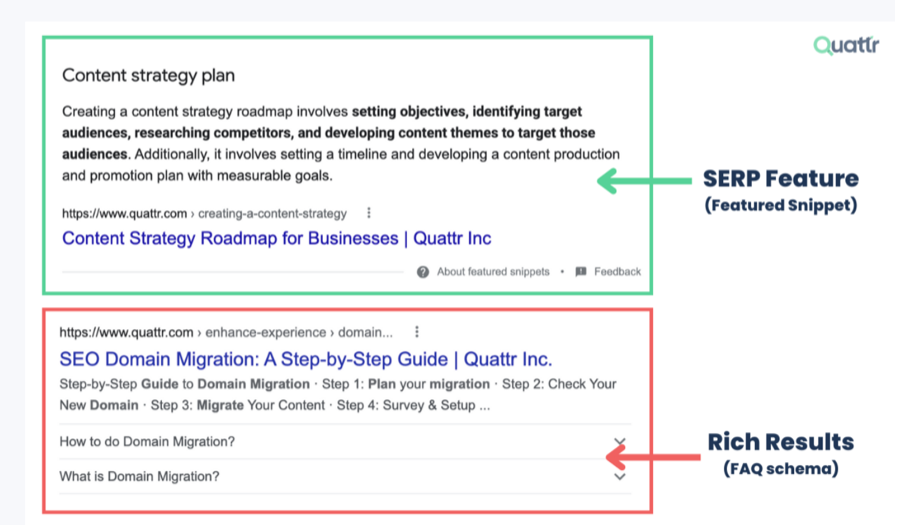
What is triggering and optimising rich elements (SERP features)? SERP features can pull information from various sources, including organic search results, structured data on web pages, knowledge databases, and other relevant data repositories.
Unlike rich snippets, SERP features are not limited to the structured data markup implemented by webmasters and may include dynamically generated content based on the search query.
Rich Snippets & SEO: Are They Related?
Do rich snippets help SEO? Rich snippets make search results more visually appealing and informative and have an indirect impact on your SEO. Structured data markup provides search engines with explicit information about the content on a webpage.
This structured data can include details about products, reviews, events, and more. Search engines use this data to generate rich snippets and also as additional SEO signals, helping to improve the website's overall search ranking.

What is rich snippets in SEO? Rich snippets positively influence SEO by improving visibility, click-through rates, user experience, and mobile accessibility.
The use of structured data markup not only enhances the presentation of search results but also provides search engines with valuable information, contributing to better rankings and increased organic traffic.
As SEO continues to evolve, incorporating rich snippets remains a valuable strategy for website owners aiming to optimize their online presence.
How to Get Rich Snippets?
What would be most beneficial in helping a site display rich features? Here are five tips to help you obtain rich snippets in search engine results.
- Implement structured data markup.
The foundation of rich snippets lies in structured data markup. Use schema.org vocabulary or other supported markup formats to provide information about your content to search engines. Include relevant markup for products, reviews, events, recipes, or any other data applicable to your website. A rich snippets service like Google's Structured Data Testing Tool can help ensure your markup is error-free.
- Choose appropriate markup for content.
Tailor your structured data markup to the specific content on your webpage. Different types of content may require different markup. For example, product markup for eCommerce websites, review markup for customer testimonials, or event markup for upcoming activities. Choose the most relevant schema types to accurately represent your content. In such a way, you’ll get the best rich text results.
- Provide accurate and detailed information.
To increase the likelihood of obtaining rich snippets, ensure that the information in your structured data markup is accurate, up-to-date, and comprehensive. Include relevant details such as product prices, availability, review ratings, and any other pertinent information that users may find valuable. Search engines are more likely to display rich snippets when the information is reliable and complete.
Types of Google Rich Results
When should you optimize for rich snippets? It depends on the type of content you publish. Here are the main types of rich snippets.
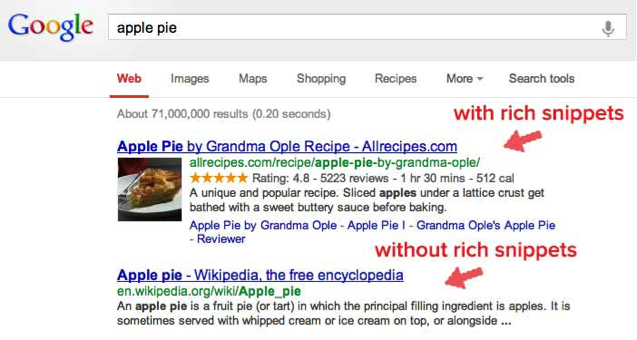
Reviews
Review snippets include a yellow star with a rating and are usually displayed for books, courses, events, products, and services.
Product
Product snippets include extra information about your product, such as rating, shipping information, price, and availability.
Recipe
Rich snippets in recipes provide more information about the taste, ingredients, and time it takes to prepare a certain dish.
Event
Event snippets display more information about the date, location, and schedule of your event.
How to Validate & Monitor Rich Results with Google?
What would be most beneficial in helping a site display rich features in Google's search results?
To ensure that your rich snippets are displayed in the right way, you need to regularly monitor their visibility and performance. Here is how.
- Use SEO tools combined with Google Analytics.
Google Analytics and such SEO tools as Ahrefs or Netpeak Spider are a powerful combination to easily test and validate your rich snippets, track your performance in search engine results and analyze how rich snippets are influencing your organic traffic.
- Test your structured data.
With Google’s Structured Data Testing Tool, you can input your schema markup and see how it will appear in search results. In such a way, you’ll understand what information to add or remove to make your snippet look even more eye-catching.
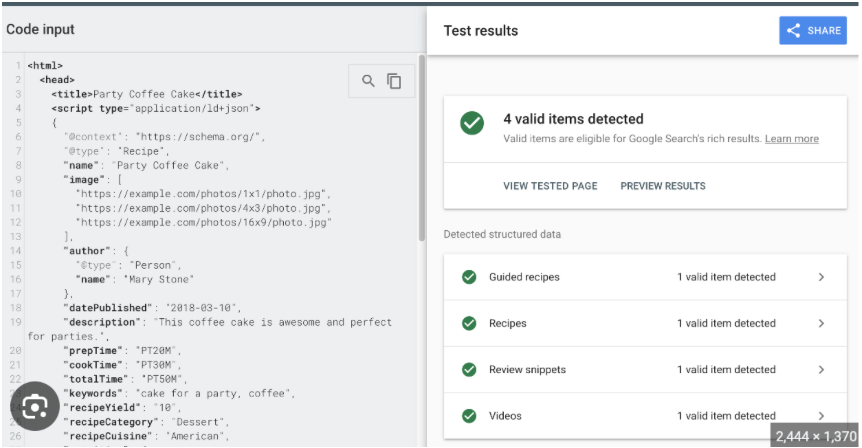
Rich Snippets SEO Best Practices and Case Studies
How to get the best out of rich snippets and choose the ones that will work best for your business? Here’s what you need to know about triggering and optimising rich elements (SERP features).
Choose the type of snippet that works for you best
What is rich snippet in SEO? One of the most common mistakes beginners make is trying to optimize the website for all snippets at the same time. However, not all snippets are suitable for your website. It’s best to focus on several snippets that make sense for your content first.
Create and add structured data markup
To make this process easier and faster, use tools such as Google’s Structured Data Markup Helper. Open this tool and choose the type of snippet you want to use and the page you need to optimize it for.
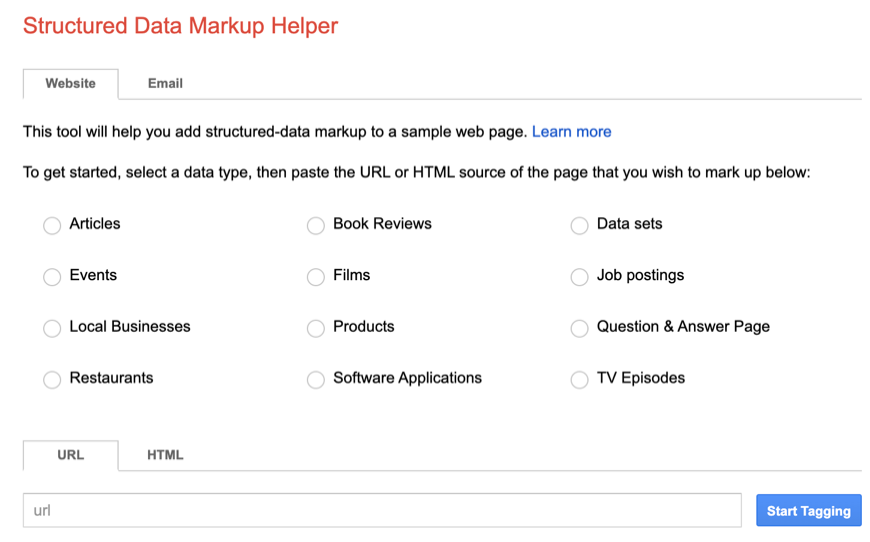
After entering your URL, start tagging data by highlighting text or images. In our case, we’ve entered the URL of the event. So, the tool automatically displays what data we need to enter to create an event rich snippet.
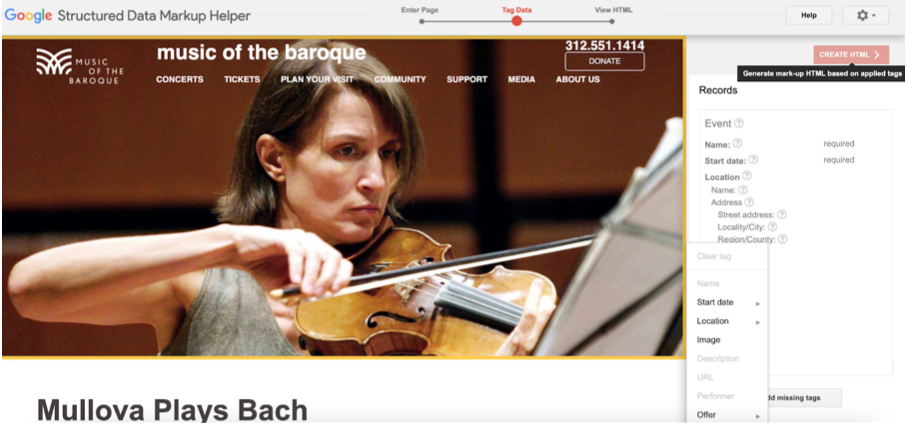
After that, click on the “Create HTML” button and the tool will generate a code which you have to insert in the <head> section of your page.
Optimize for Rich Results to Win on SERPs
Just creating a rich snippet and calling it a day is not an option. You need to regularly optimize your content for rich results Google, update your website with relevant information, and improve your website user experience metrics.
Ensure that your content is optimized for rich snippet
Forget about keyword stuffing and other black SEO strategies. Google knows how to differentiate optimized, people-first content from content that doesn’t meet people needs. If your pages use keyword-staffed content that doesn’t resonate with the rich snippets, your pages will not be eligible for SERP rich snippets.
Regularly update your content
Make sure that the content you optimize rich snippets for is updated and fresh. Website visitors will be frustrated if they click on a product, page, or event that is no longer available. Hence, Google will mark your content as not relevant.
How To Conduct a Website Audit With Netpeak Spider?
Netpeak Spider is a great tool that will help you keep your content up-to-date and optimize it for rich snippets. Here are the top Netpeak Spider features:
PageRank calculator
Need to check the internal linking of your pages? Use our built-in PageRank calculator to check out the link weight distribution and identify pages that burn incoming link equity and those that don't get any at all.
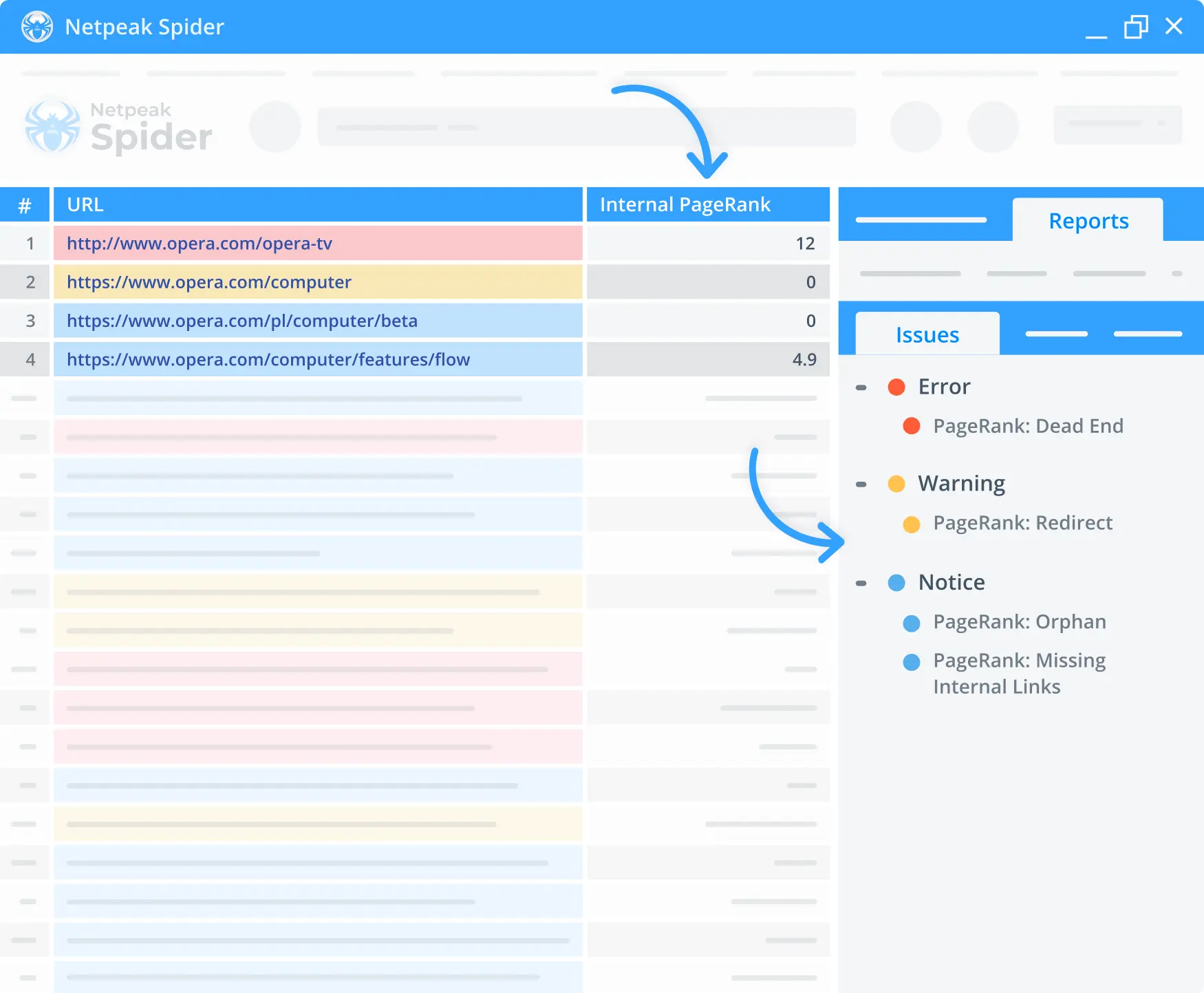
HTTP headers and source code checkup
Now, you can easily check the source code of any page by just inserting it into Netpeak Spider code checkup tool. You’ll be able to check any link's HTTP request and response headers, redirects, and all the extracted text with no HTML code.
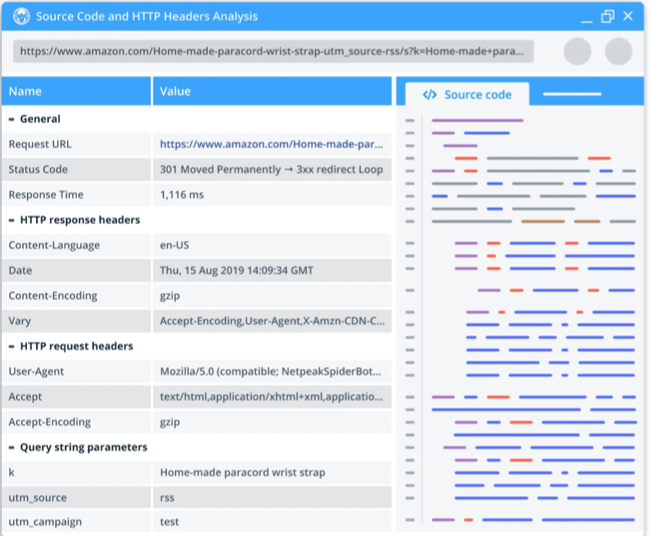
Sitemap generation
Crawl your website with Netpeak Spider and generate XML, HTML, or image sitemaps afterward. Our tool also allows you to check for errors within existing sitemaps.
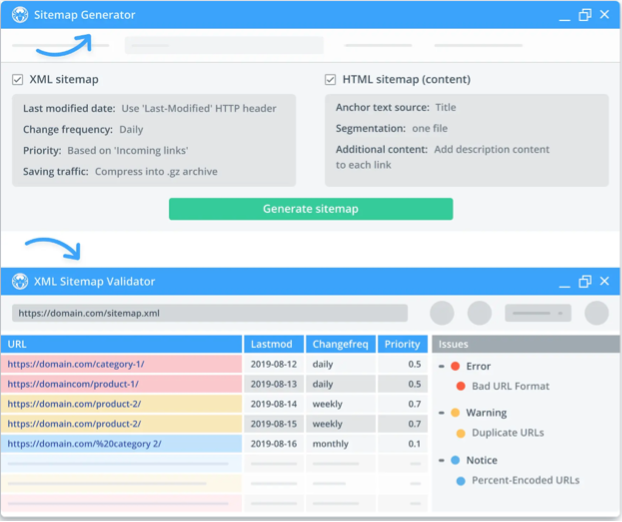
Multi-domain crawling
Crawl multiple URLs and retrieve a comprehensive SEO audit report in one convenient table. This option works great while working on projects with regional websites on different domains.
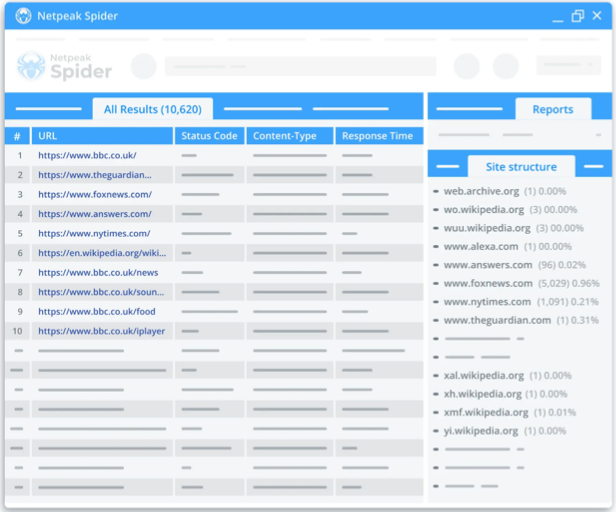
Conclusion
If optimized in the right way, rich snippets can increase your organic CTR and make your page look more relevant, informative, and visually appealing. Remember that content is king; regularly update and optimize it for rich snippets, and try to provide users with relevant and valuable information.


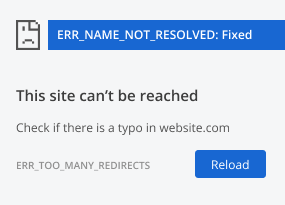
.png)
